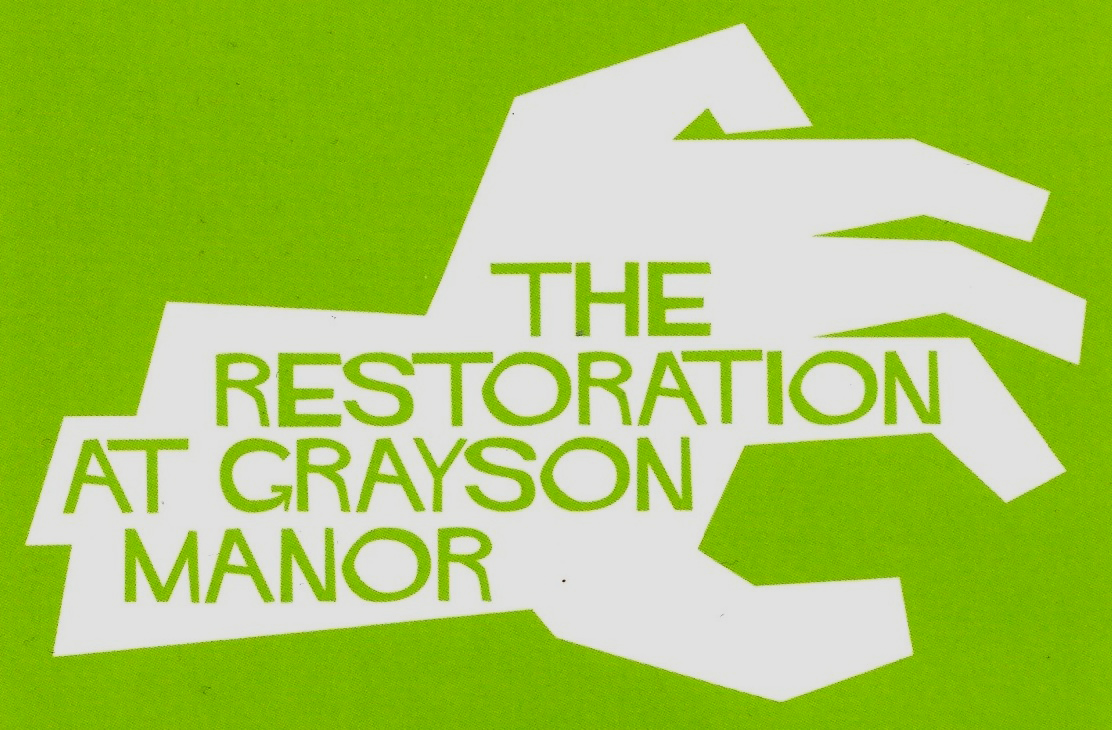Of the 20 feature-film pitches presented during a lengthy session at the Frontières International Co-Production Market at Montreal’s current Fantasia festival, one was especially attention-grabbing. Glass Eye Pix topper Larry Fessenden, director Glenn McQuaid and screenwriter Clay McLeod Chapman offered a vivid combination of animation and live action to sell potential financiers on their project THE RESTORATION AT GRAYSON MANOR, and the latter teaser (which is extremely NSFW) can be seen here exclusively, along with a RUE MORGUE chat with the trio.
THE RESTORATION OF GRAYSON MANOR is about Boyd, a rich young man living a sex-drugs-and-rock-’n’-roll lifestyle, much to the disapproval of his mother, who’s anxious for him to produce an heir. When Boyd loses his hands in an accident, they are replaced by a robotic pair that he can control with his mind. As the proof-of-concept video seen below demonstrates, that’s bad news for a hunky guy who shows up at the family mansion expecting a good time—and our hero’s original, severed hands also make appearances, albeit seen only through Boyd’s eyes as he dreams of them wreaking havoc in the house.




